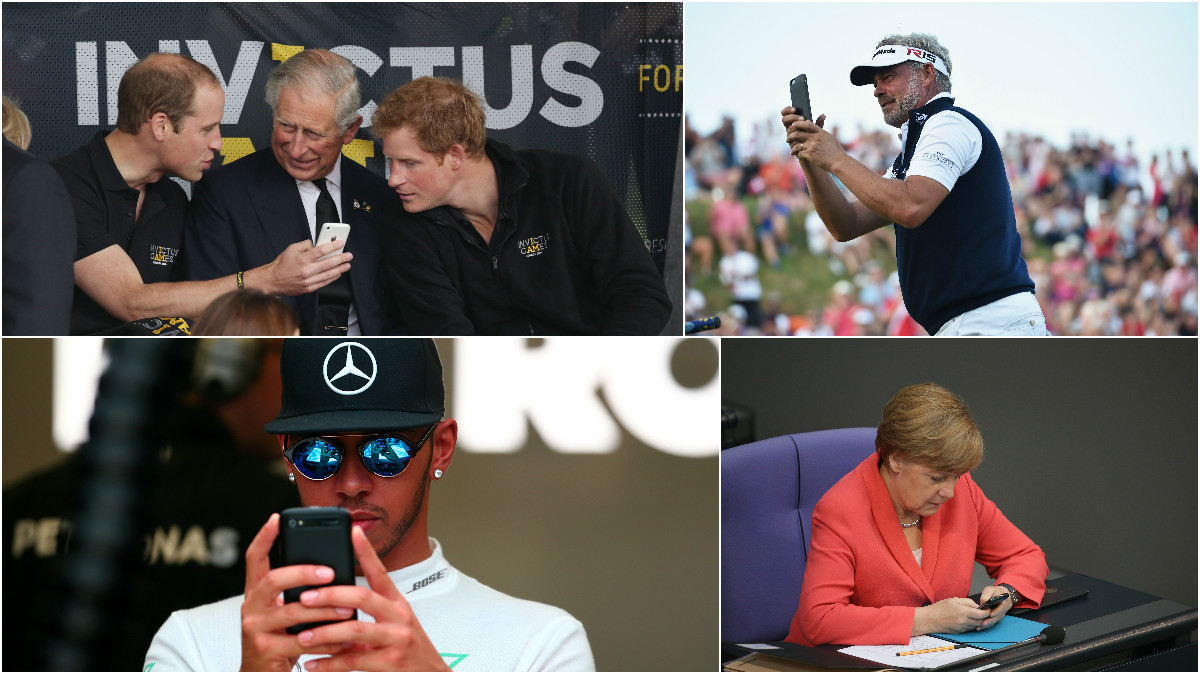
PEOPLE check their smartphones an average 85 times a day without even knowing they are doing it, a study suggests.
The average person uses their device for five hours a day – about a third of the time they are awake – and checks it about 85 times, Nottingham Trent University found.
The study, which also involved Lancaster University, the University of Lincoln and the University of the West of England, asked 23 participants aged 18 to 33 to estimate the amount of time they spend on their phone and compared it with their actual usage.
An app was installed on their smartphones which recorded their usage over a two-week period, including activities like checking the time, looking at message notifications or social media alerts, phone calls and playing music.
The work, published in the journal Plos One, found people were accessing their phones twice as often as they thought.
Researchers also found smartphone use was typically confined to short bursts, with more than half of uses lasting less than 30 seconds.
The researchers argue “rapid mobile phone interactions” are becoming habitual for smartphone users.Parents’ cringeworthy texts will be the funniest thing you read today – click hereDr Sally Andrews, a psychologist in Nottingham Trent University’s School of Social Sciences, said: “Our study has shed light on some important details in relation to people’s phone-checking behaviour.
“People have very little awareness of the frequency with which they check their phone.
“This is the first study to objectively demonstrate that some of our mobile phone interactions are habitual.
“It is important to note, however, that heavy users are not necessarily the same as problem users.”
Dr David Ellis, a psychologist at Lancaster University, said: “Psychologists typically rely on self-report data when quantifying mobile phone usage in studies, but our work suggests that estimated smartphone use should be interpreted with caution.”

Enjoy the convenience of having The Sunday Post delivered as a digital ePaper straight to your smartphone, tablet or computer.
Subscribe for only £5.49 a month and enjoy all the benefits of the printed paper as a digital replica.
Subscribe